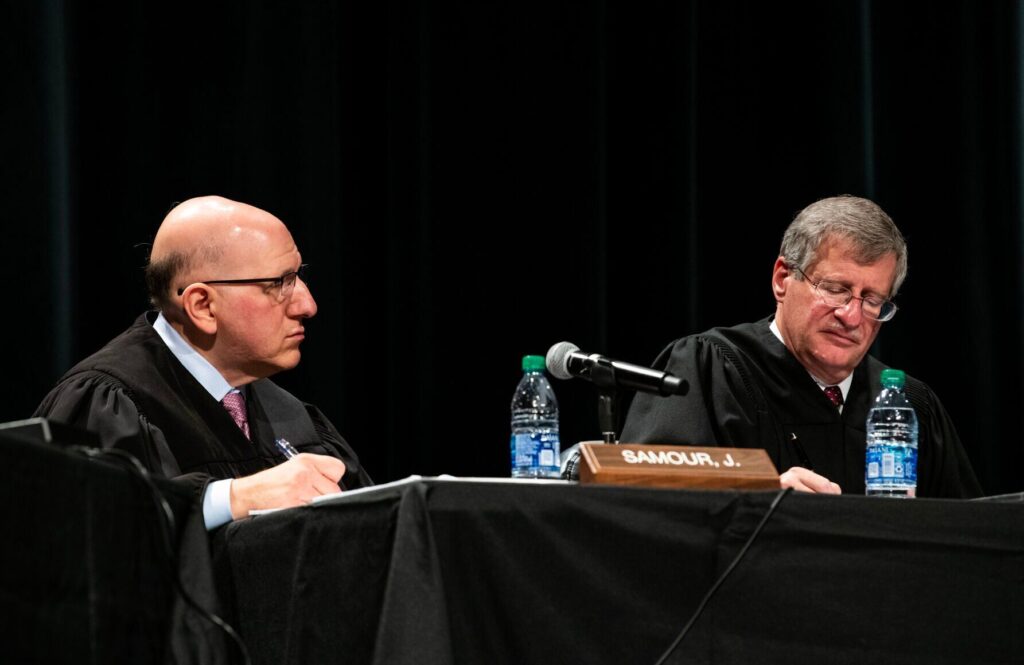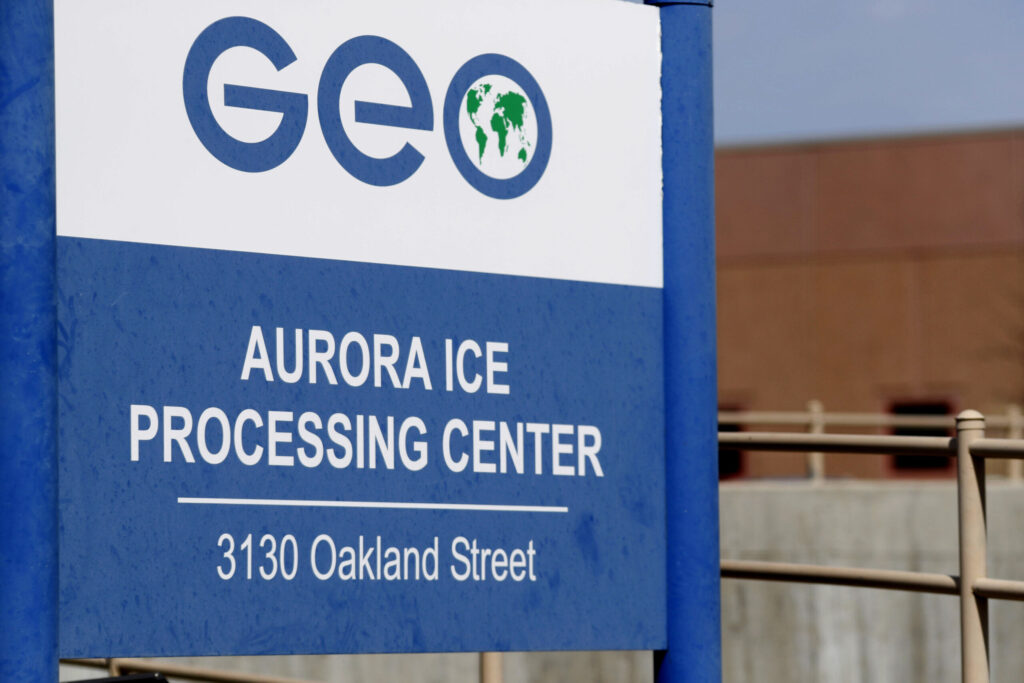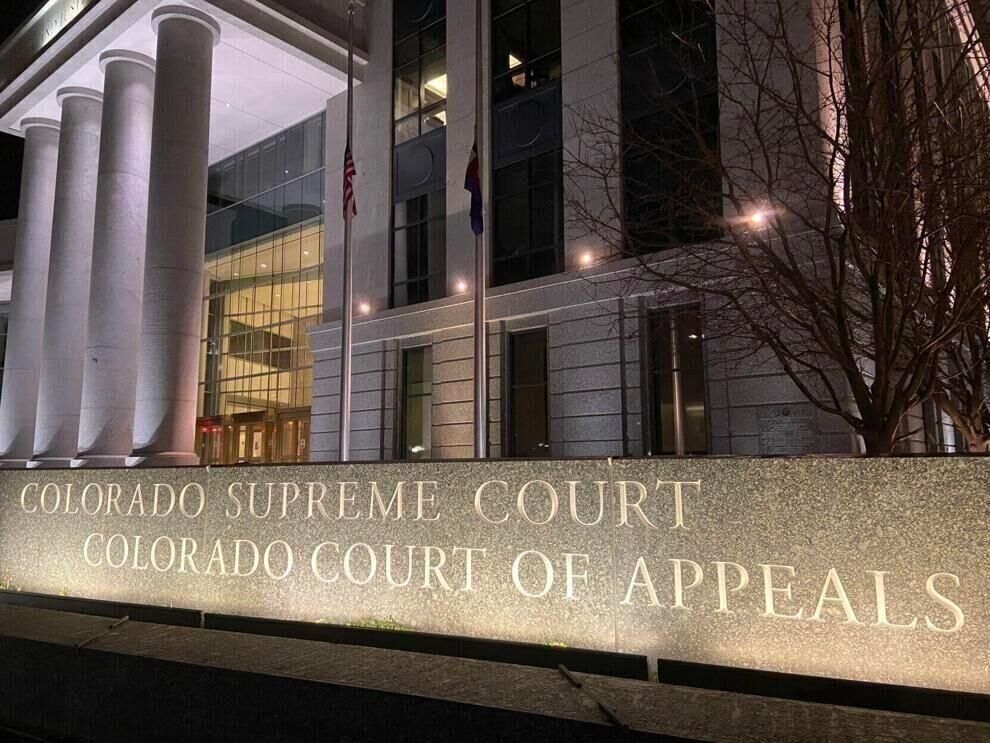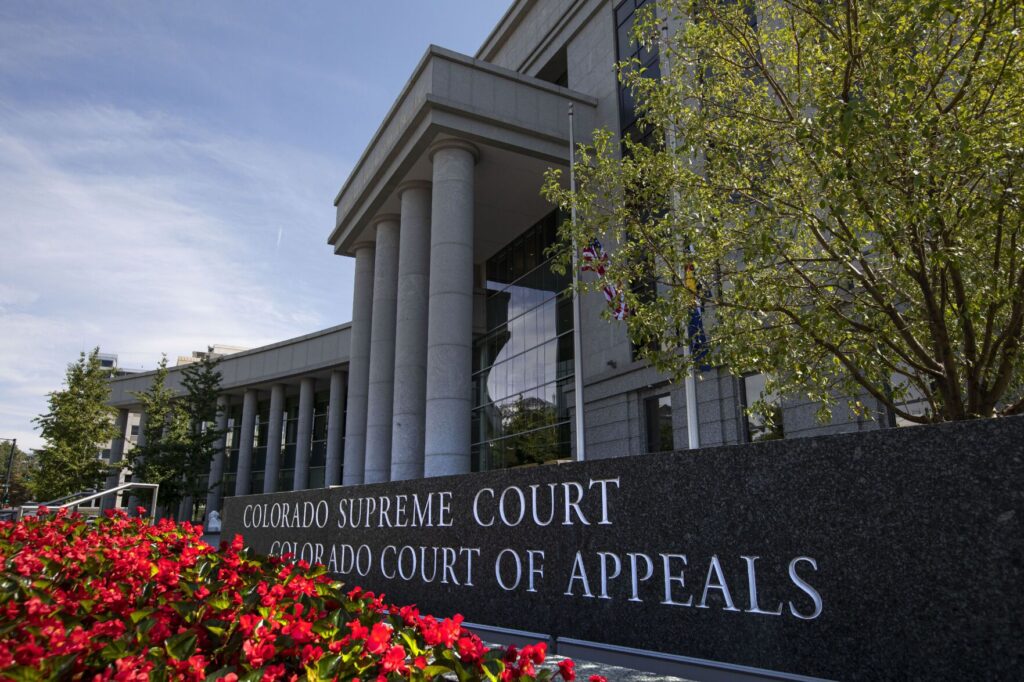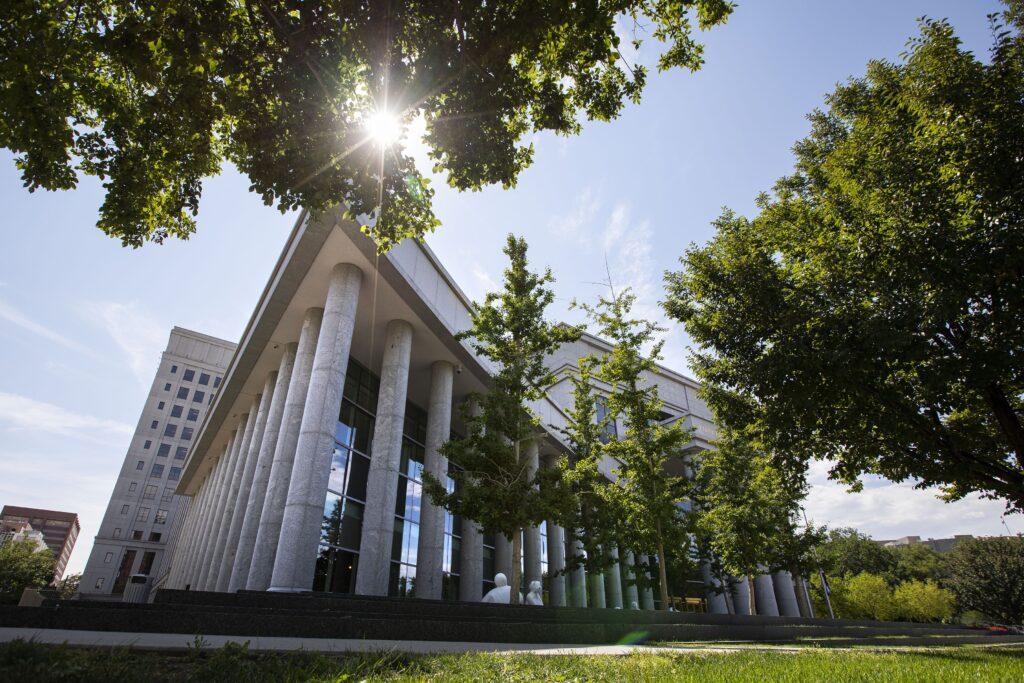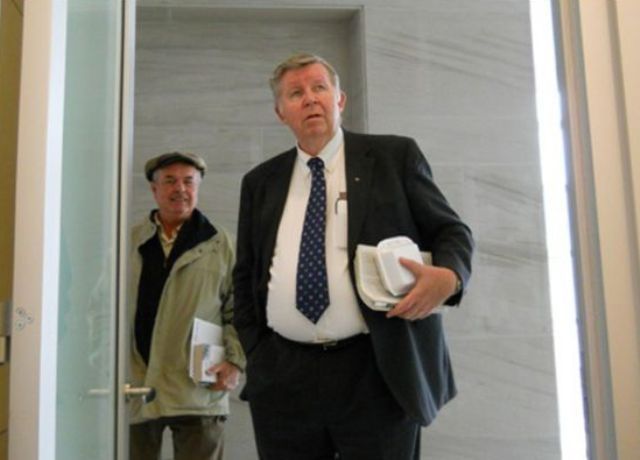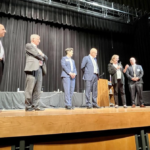Colorado human services agency faces buzzsaw at state Supreme Court as justices critique non-disclosure argument
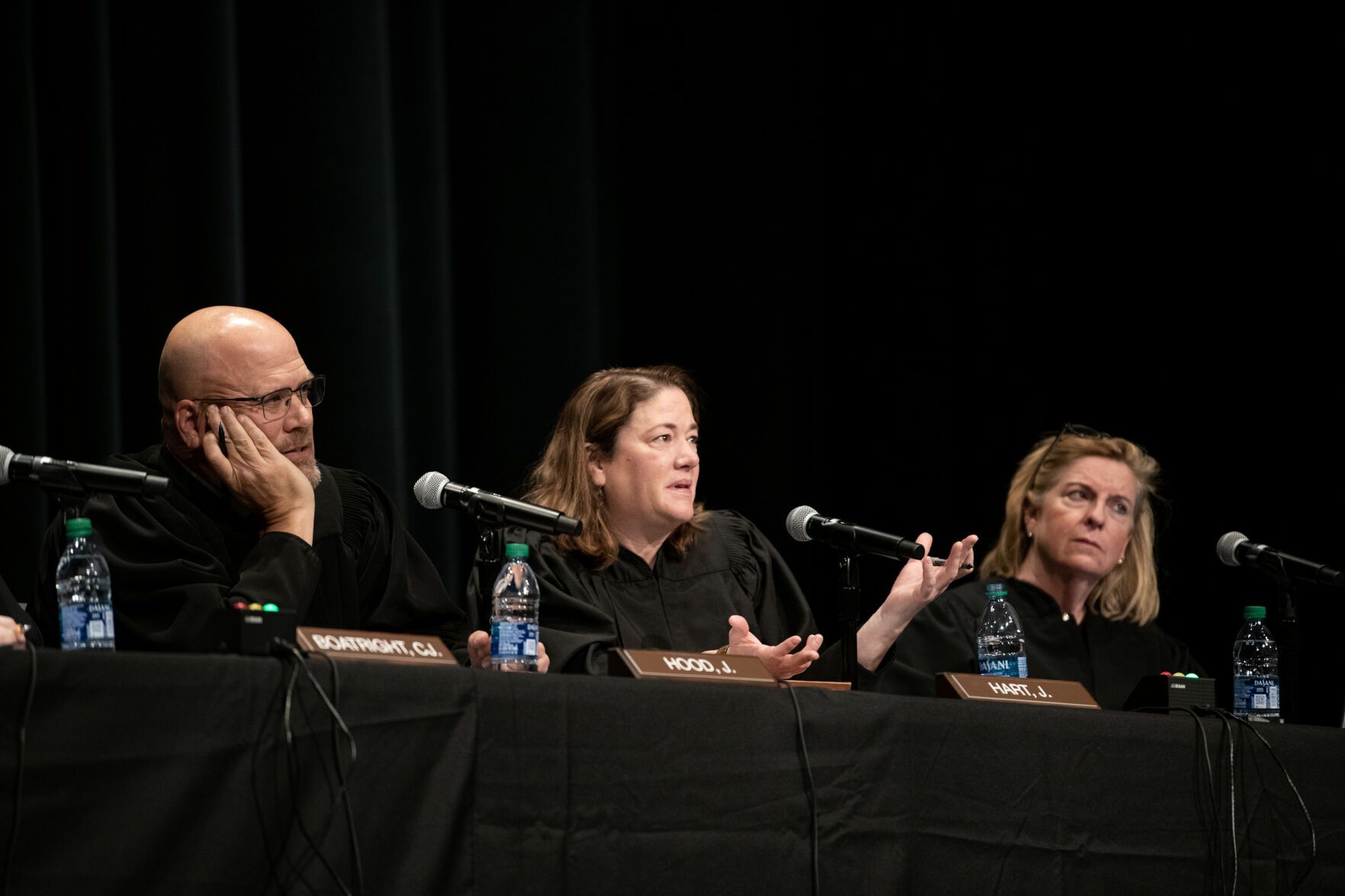
Several members of the Colorado Supreme Court pushed back on Monday against the state’s position that it could not disclose the number of child abuse reports at individual group living facilities because doing so would improperly reveal a person’s address — even though such addresses are already in the public domain.
The Colorado Department of Human Services, said Senior Assistant Attorney General Jennifer L. Carty, “was attempting to strike a balance, to not appear that they were preventing transparency.”
“Even though they were preventing transparency,” interjected Justice Melissa Hart.
The oral arguments focused on a provision of state law rendering child abuse reports confidential, along with the “name and address of any child, family, or informant or any other identifying information contained in such reports.”
In 2021, 9News and the Colorado Sun requested the number of calls made to the child abuse hotline over a three-year period for three group homes and treatment facilities: Tennyson Center, Mount Saint Vincent and Cleo Wallace. Each residential facility housed between 24 and 112 children.
The state offered to provide the total number of reports and tips investigated, but alleged that breaking the data down by facility was “likely to identify the address of the child or informant” in violation of the law. Then-Denver District Court Judge Darryl F. Shockley subsequently agreed with the department’s justification. However, he acknowledged it would be “difficult or even impossible” to identify specific people using the requested data.
By 2-1, a panel of the Court of Appeals concluded the law was ambiguous, but the most logical interpretation was that only information that can identify a child, family or informant must remain confidential.
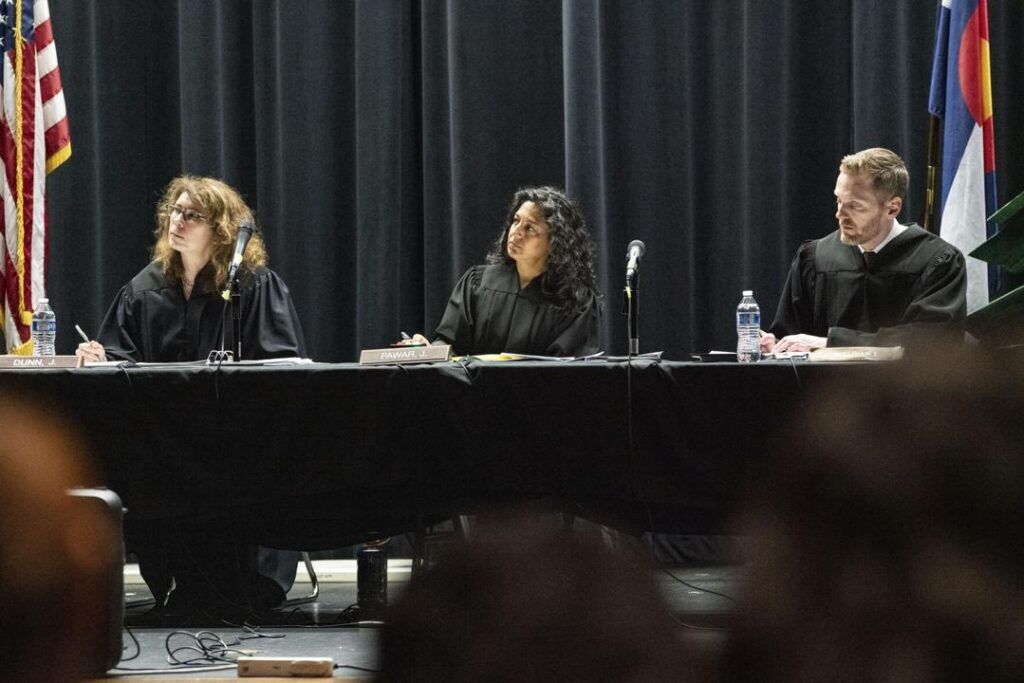
Prohibiting the disclosure of even nonidentifying information “could be an unconstitutional restriction on free speech,” wrote Judge Elizabeth L. Harris for herself and Judge Christina F. Gomez.
Judge Neeti V. Pawar dissented, believing lawmakers intended to always keep addresses confidential.
The human services department appealed to the Supreme Court. It received support from Denver’s human services agency, which argued the media organizations demonstrated “no need” to know how many child abuse reports each of the three facilities generated. Further, publicizing child abuse has “only served to whet the voyeuristic appetites of the general public,” wrote Assistant City Attorney Amy J. Packer.
But three members of the Supreme Court, in particular, were immediately skeptical that asking for the total number of calls at a specific group home would lead to the identification of a child or other protected person.
“We already know the address here. It kind of feels like that routine from Abbott and Costello, ‘Who’s on First?’” said Justice Carlos A. Samour Jr., who read off the addresses of the three residential facilities. “They’re just asking how many reports have been made. I still don’t get the argument.”
“How does the question of how many calls were made require the department to disclose the address?” added Justice Richard L. Gabriel.
“Let’s say 12 calls went in,” said Hart. “Twelve calls went from 50 Ash Street. Who does that identify?”

Carty, of the attorney general’s office, argued that someone requesting that information might already have additional details from which they could piece together the identity of a child or other person.
“The legislature chose a name and address as particularly powerful pieces of information that were recognized as something that can be paired with potentially other information to narrow a pool down to an individual,” she said.
“If they had just simply asked, ‘Have there been any reports of abuse or neglect at Cleo Wallace,’ would that still be confidential?” pressed Samour. “Not the number. Just a yes or no question.”
The department could not release that information either, said Carty.
Justice William W. Hood III asked the lawyer for the news organizations why the department’s offer to provide an aggregate number of child abuse calls for all three facilities was insufficient.
“If you have three facilities and the data in the aggregate as to those three facilities is appalling, why isn’t the point already made?” he said.
“The point isn’t about whether DHS itself is failing. It’s whether those specific facilities are failing,” responded attorney Michael Beylkin. “That kind of oversight is critical.”
He acknowledged that the number of calls from a specific home could be so small as to identify a protected person potentially.
“Could 9News and the Colorado Sun issue (an open records) request for the number of child abuse hotline calls, let’s say, from a town in Colorado population 500? Population 200? Population 100? Or from a particular block?” asked Justice Maria E. Berkenkotter.
The records custodian would have to evaluate whether those details would provide identifying information, responded Beylkin.
Is the answer as simple, asked Samour, as saying that a request for the total number of child abuse reports over a multiyear period is something that does not require the disclosure of a name, address or other identifying information in those reports?
“It is that simple,” Beylkin said.
The case is Brubaker v. Colorado Sun et al.



